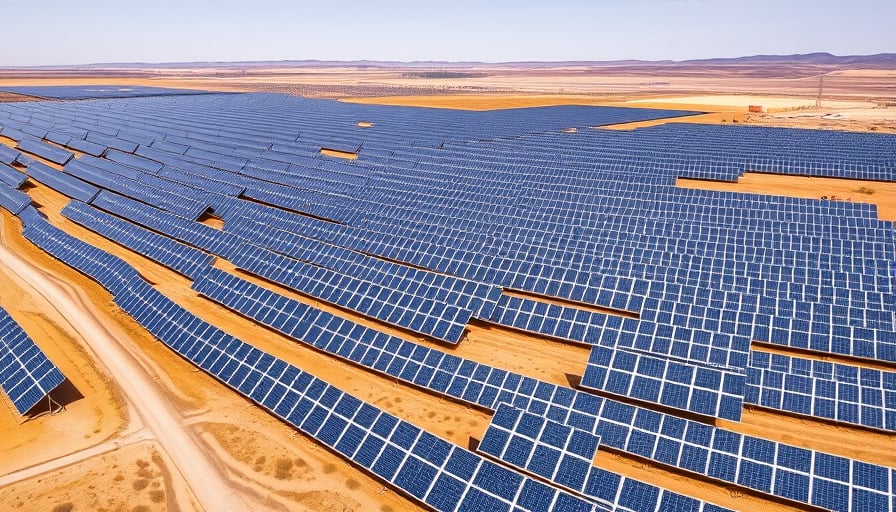Corporate News
Intel Corp., a prominent American semiconductor manufacturer listed on the Nasdaq, has experienced a modest decline in its share price during recent trading sessions. The decline coincides with a series of leadership shifts and strategic initiatives that underscore the company’s efforts to maintain competitiveness in a rapidly evolving market. Chief executive Lip‑Bu Tan has publicly assumed responsibility for steering Intel’s artificial‑intelligence (AI) strategy, while the departure of former AI head Sachin Katti to a strategic role at OpenAI signals a notable realignment of expertise within the firm.
Node Progression and Yield Optimization
Intel’s commitment to advancing its process nodes remains central to its competitive positioning. The company’s roadmap continues to target a transition from its current 7 nm node to a 5 nm process, with the long‑term objective of entering the 3 nm regime. Yield optimization is critical during this progression; early adoption of new lithography techniques—such as extreme ultraviolet (EUV) and directed‑energy lithography—requires meticulous defect control and statistical process control (SPC) frameworks.
Advanced statistical models, including machine‑learning‑enhanced defect clustering, are being deployed to predict yield drops before they materialize on the wafer. By integrating real‑time metrology data with predictive analytics, Intel can pre‑emptively adjust process parameters, thereby mitigating the impact of lithographic defects and enhancing first‑pass yield (FPY). This approach aligns with industry best practices, where a yield improvement of 0.5 % can translate into several hundred million dollars in annual revenue.
Manufacturing Processes and Technical Challenges
The shift toward sub‑10 nm nodes imposes several technical challenges:
- Lithography Limits: EUV’s 13.5 nm wavelength must be coupled with multi‑patterning techniques to achieve the desired feature densities. The complexity of multi‑patterning increases mask costs and process variation, demanding tighter process windows.
- Etch and Deposition Uniformity: As feature sizes shrink, uniformity in etch depth and deposition thickness becomes more critical. Variations at the sub‑nanometer scale can lead to threshold voltage shifts and increased leakage currents.
- Thermal Budget Management: High‑temperature steps can induce interdiffusion and stress accumulation. Precise thermal budgeting ensures that dopant profiles and material interfaces remain within specification.
- Integration of Heterogeneous Materials: Incorporating high‑k dielectrics and metal‑gate stacks necessitates rigorous control over interface quality to preserve mobility and reduce short‑channel effects.
Intel’s investment in advanced process integration tools—such as real‑time wafer‑level metrology and adaptive process control—addresses these challenges head‑on. The adoption of in‑situ metrology enables rapid feedback loops, reducing the time to first yield (TTFY) and accelerating design‑to‑manufacturing cycles.
Capital Equipment Cycles and Foundry Capacity Utilization
The semiconductor capital equipment cycle traditionally spans 8–10 years, encompassing equipment procurement, installation, and calibration. Intel’s capital expenditures (CapEx) have increased by approximately 12 % in FY 2024 to support its node transition and to upgrade its fabs with next‑generation EUV scanners, deposition tools, and advanced process monitoring equipment.
Capacity utilization trends illustrate a shift toward more efficient production. Intel’s fabs now operate at an average capacity utilization of 68 %, a 5 % increase over the previous year. This uptick is partly attributable to:
- Demand‑Driven Scheduling: Aligning wafer flow with market demand curves reduces idle times.
- Process Flexibility: The ability to run multiple process nodes on a single tool (e.g., through step‑and‑repeat or dual‑wafer processes) enhances throughput.
- Lean Manufacturing Initiatives: Implementing Six Sigma methodologies and just‑in‑time (JIT) inventory practices reduces waste and improves cycle times.
The interplay between design complexity and manufacturing capability remains a balancing act. As chip designers push for higher transistor densities and lower power envelopes, foundries must upgrade tooling and refine processes to accommodate tighter feature tolerances. Intel’s strategy to maintain in‑house foundry capabilities—combined with selective partnerships—provides it with greater control over the manufacturing pipeline and mitigates supply chain uncertainties.
Semiconductor Innovations and Broader Technological Impact
Advancements in semiconductor technology catalyze progress across multiple sectors:
- Artificial Intelligence: Higher transistor densities enable dense neural‑network accelerators, reducing inference latency and energy consumption. Intel’s focus on AI-specific architectures—such as the upcoming Xeon Phi and Habana Gaudi line—capitalizes on these innovations.
- Edge Computing: Low‑power, high‑performance silicon facilitates real‑time data processing at the network edge, supporting applications from autonomous vehicles to IoT sensors.
- Quantum and Neuromorphic Computing: Emerging device paradigms—e.g., silicon photonics, resistive RAM, and spin‑transfer torque magnetic RAM—rely on mature CMOS processes for integration and control logic.
By aligning its process development roadmap with the demands of these frontier applications, Intel positions itself to capture new markets while sustaining growth in traditional high‑performance computing (HPC) and data center segments.
Conclusion
Intel’s recent leadership changes and strategic focus on AI underscore the company’s commitment to maintaining technological leadership amid fierce competition. The detailed progression of node technologies, coupled with robust yield optimization and advanced manufacturing practices, sets the foundation for sustained innovation. Capital equipment cycles and capacity utilization metrics indicate a firm that is strategically investing in future‑proof infrastructure, while the broader implications of semiconductor advancements continue to ripple across the technology ecosystem.




